|

|
|

|
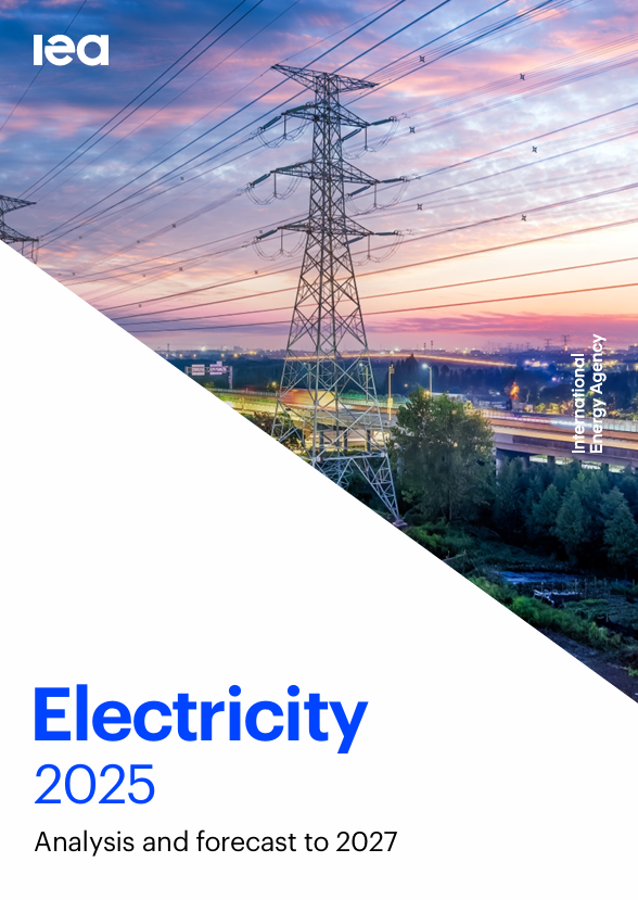
|
Electricity 2025 : Analysis and forecast to 2027
Strong growth in electricity demand is raising the curtain on a new Age of Electricity, with consumption set to soar through 2027. Electrification of buildings, transportation and industry combined with a growing demand for air conditioners and data centres is ushering a shift toward a global economy with electricity at its foundations.
2025.02
OECD/IEA
|
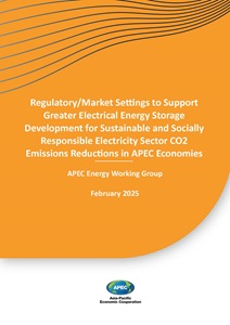
|
Regulatory/Market Settings to Support Greater Electrical Energy Storage Development for Sustainable and Socially Responsible Electricity Sector CO2 Emissions Reductions in APEC Economies
This publication comprises the Technical Report, Workshop Reports, and Policy Brief for the project. The Technical Report offers a detailed analysis of Electrical Energy Storage (EES) market settings, focusing on Malaysia; Papua New Guinea; and Thailand.
2025.02
APEC
|
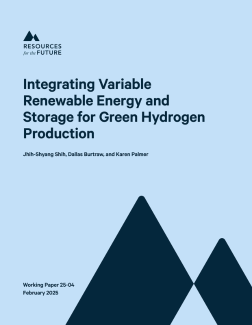
|
Integrating Variable Renewable Energy and Storage for Green Hydrogen Production
This paper presents a model, using grid-connected electricity supply and an off-grid Variable Renewable Energy and Long-Duration Energy Storage system, to examine technologies, economics, and financial incentives affecting green hydrogen production.
2025.02
RFF
|
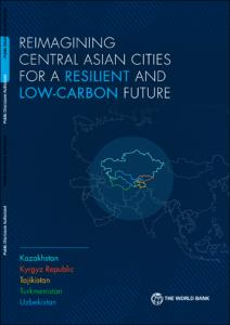
|
Reimagining Central Asian Cities for a Resilient and Low-Carbon Future
This study is a novel attempt to analyze the patterns and trends of urbanization in medium to large cities in Central Asia. It encompasses a broad range of parameters, and employs an evidence-based approach to outlining strategic directions and actions for fostering green and resilient urban development.
2025.02
World Bank
|
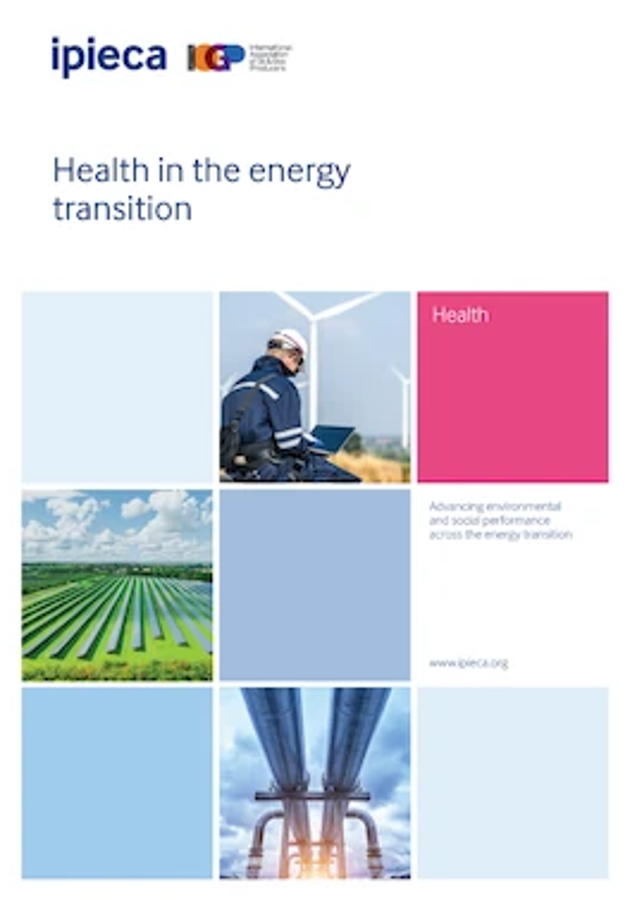
|
Health in the energy transition
This joint awareness briefing explores what is currently known about the health risks associated with energy transition-focused technologies.
2025.02
PIECA
|
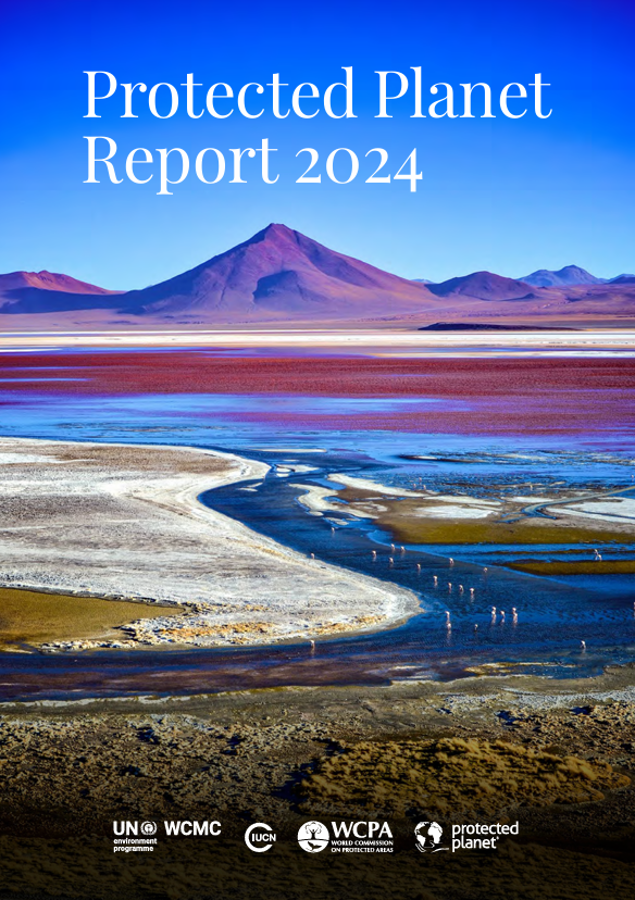
|
Protected Planet Report 2024
Protected and conserved areas are vital places for both nature and people. They play a critical role in halting and reversing biodiversity loss. They also provide important cultural, spiritual and economic benefits, supplying ecosystem services that help to safeguard the planet for the future of humanity. In December 2022, Parties to the Convention on Biodiversity agreed to conserve 30% of Earth’s land and seas by 2030.
2025.02
UNEP
|
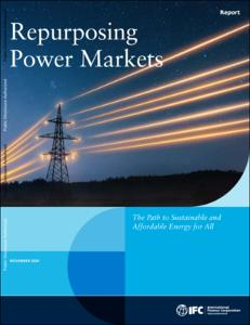
|
Repurposing Power Markets: The Path to Sustainable and Affordable Energy for All
The electricity industry is undergoing a transformative evolution driven by three overarching trends: decentralization, digitalization, and decarbonization (3Ds). To ensure access to clean, affordable, and reliable energy for all by 2030 - UN sustainable development goal 7 (SDG7) - countries need to repurpose their power market designs to adapt to this transformation and unlock new opportunities. This report provides a fresh global perspective on how to leverage existing designs to effectively mobilize private capital at scale, complementing public investment to achieve SDG7.
2025.02
World Bank
|
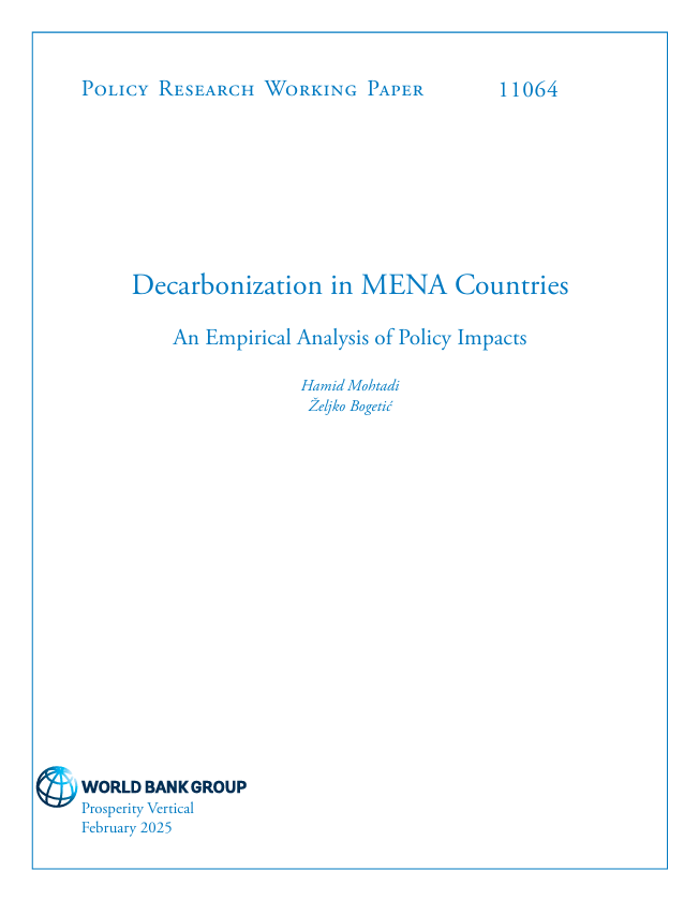
|
Decarbonization in MENA Countries: An Empirical Analysis of Policy Impacts
This paper empirically examines the multiple impacts of alternative, major fiscal instruments on decarbonization in countries in the Middle East and North Africa. It also examines the effects of decarbonization pathways on decarbonization, using a database covering 41 countries, including countries in the Middle East and North Africa region.
2025.02
World Bank
|
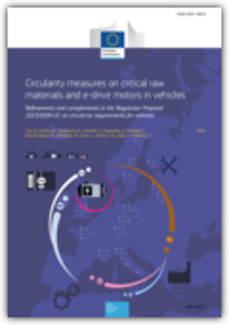
|
Circularity measures on critical raw materials and e-drive motors in vehicle
The transition to e-mobility has accelerated the demand for and has heightened the EU’s dependency on critical raw materials such as rare earths, copper, lithium, cobalt, and nickel, increasing the urgency for higher circularity in end-of-life vehicles. Starting from a previous report, this report expands on measures outlined in the new End-of-Life Vehicle Regulation proposal 2023/0284/EC and supports its implementation by assessing novel circularity measures for vehicles and their components and parts, aligning also with the Critical Raw Materials Act and the EU’s strategic goals.
2025.02
European Commission
|

|
The (Un)Intended Consequences of Oil Sanctions Through the Dark Shipping of Sanctioned Oil
We examine the rise of dark shipping—oil tankers disabling AIS transceivers to evade detection—amid Western sanctions on Iran, Syria, North Korea, Venezuela, and Russia. Using a machine learning-based ship clustering model, we track dark-shipped crude oil trade flows worldwide and detect unauthorized ship-to-ship transfers.
2025.02
NBER
|

|
Fiscal Flex: Russia’s oil and gas revenues in 2024
This comment provides an updated analysis of Russia’s oil and gas state take, a key metric for researchers of the Russian economy. The main takeaways of the analysis are
2025.02
OIES
|

|
Hydrogen in China: Why China’s success in solar PV might not translate to electrolyzers
China’s manufacturing capabilities and advancements in reducing electrolyzer costs have sparked both hopes and concerns about its potential to dominate global electrolyzer production and exports. This is often compared to China’s success in solar photovoltaics (PV), where dramatic cost reductions and subsequent control over supply chains have established its leadership in the sector. This paper explores whether China can replicate its success in solar with electrolyzers, considering government support, learning rates of PV and electrolyzers, Chinese corporate strategies, and the external environment for exports.
2025.02
OIES
|
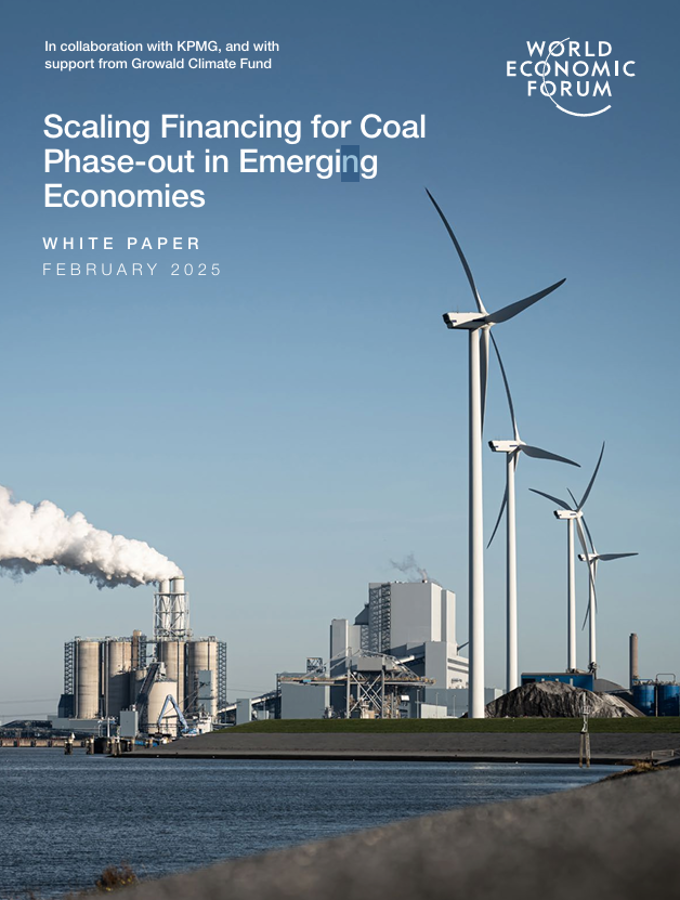
|
Scaling Financing for Coal Phase-out in Emerging Economies
This paper examines how emerging and developing economies (EMDEs) can transition away from coal-based energy with innovative financing strategies to retire coal plants early.
2025.02
WEF
|
|

|
|

|
|

|
|
|
|
|
|
|
|
